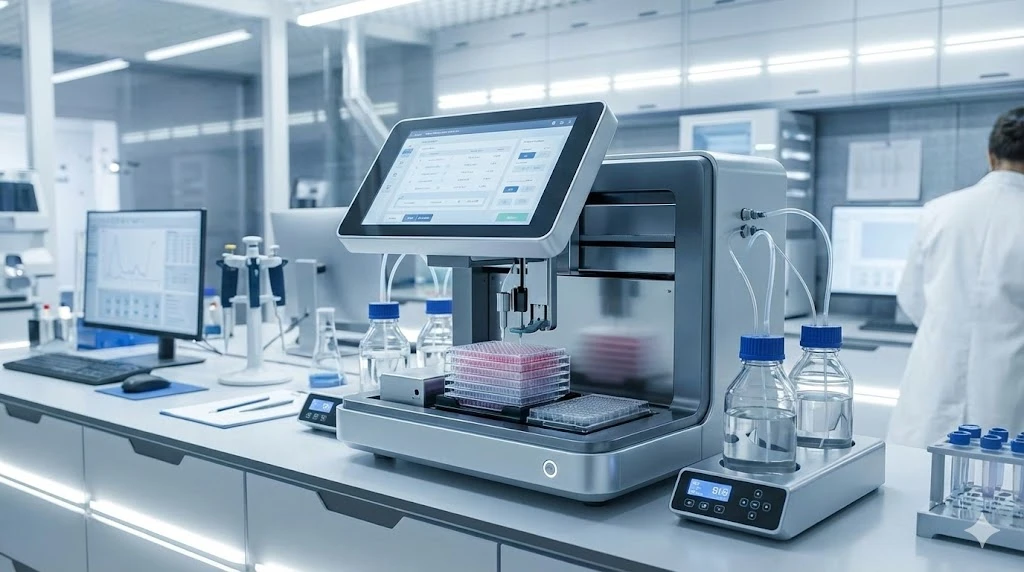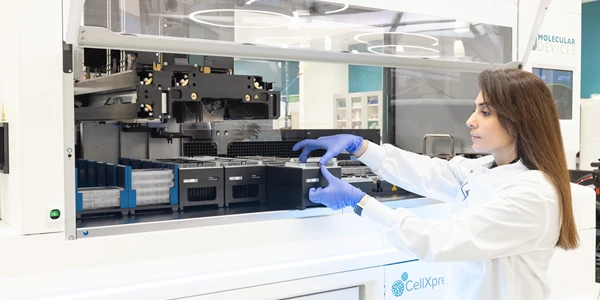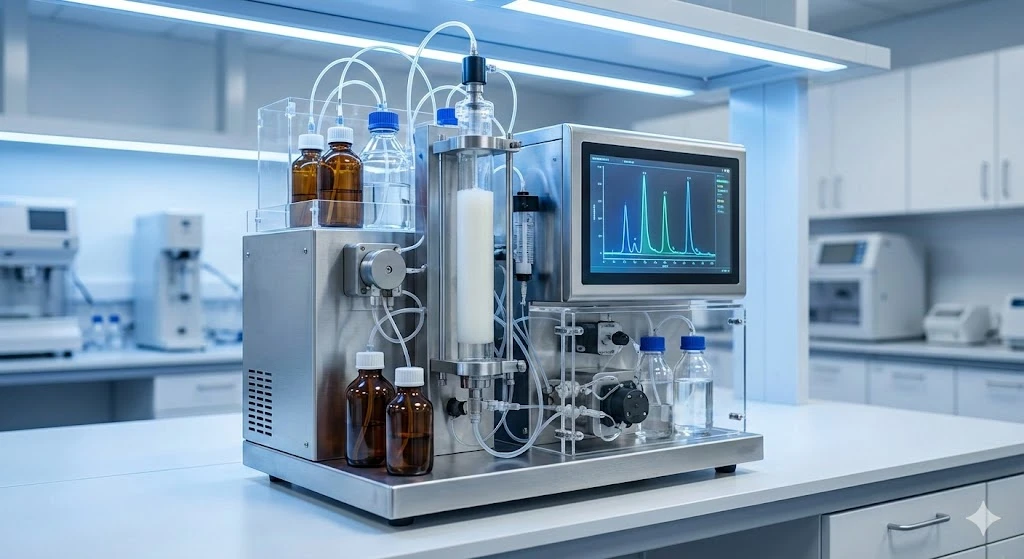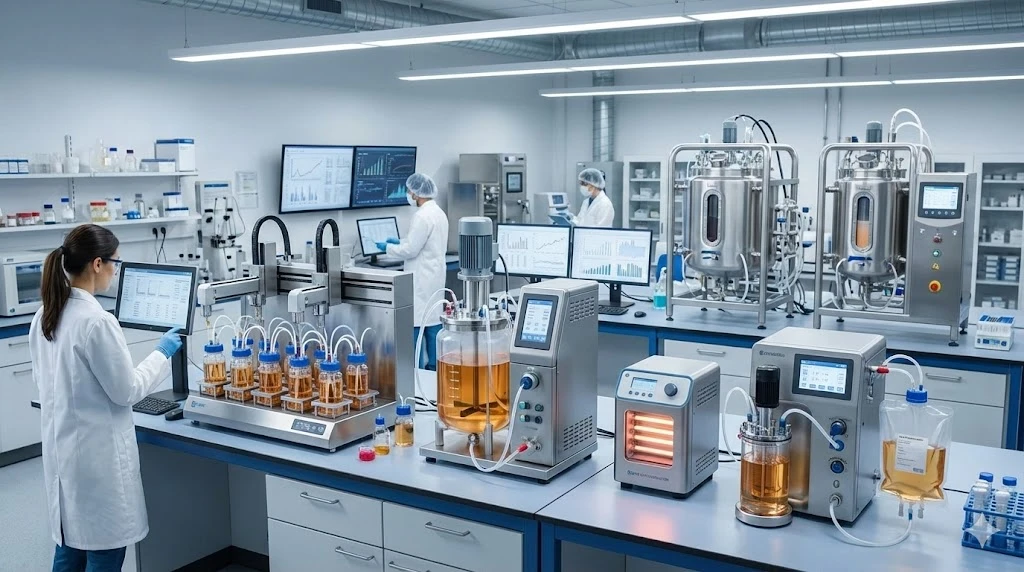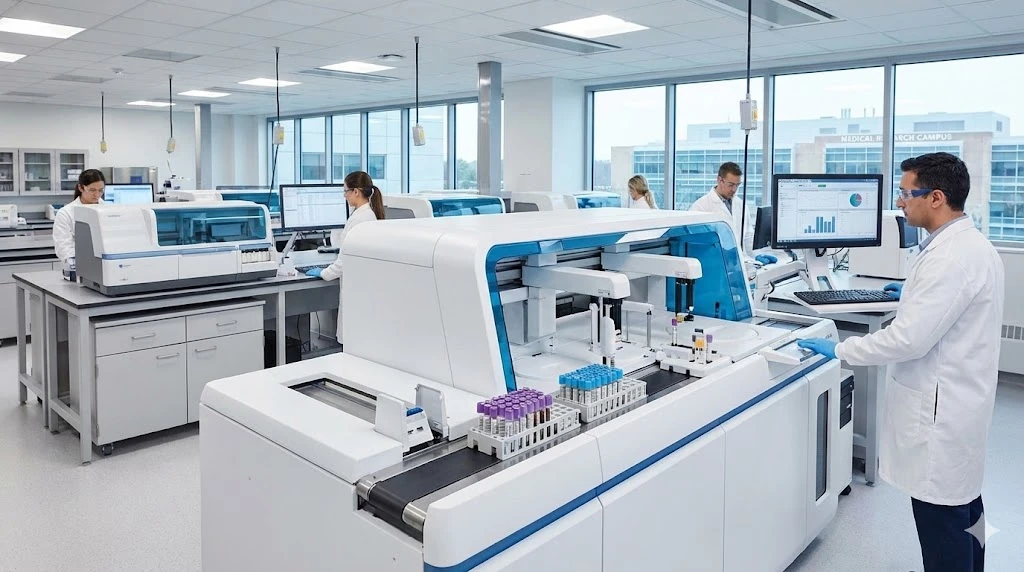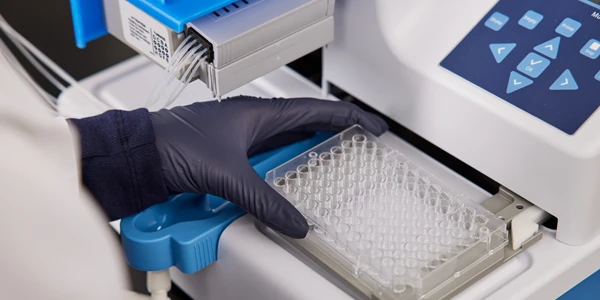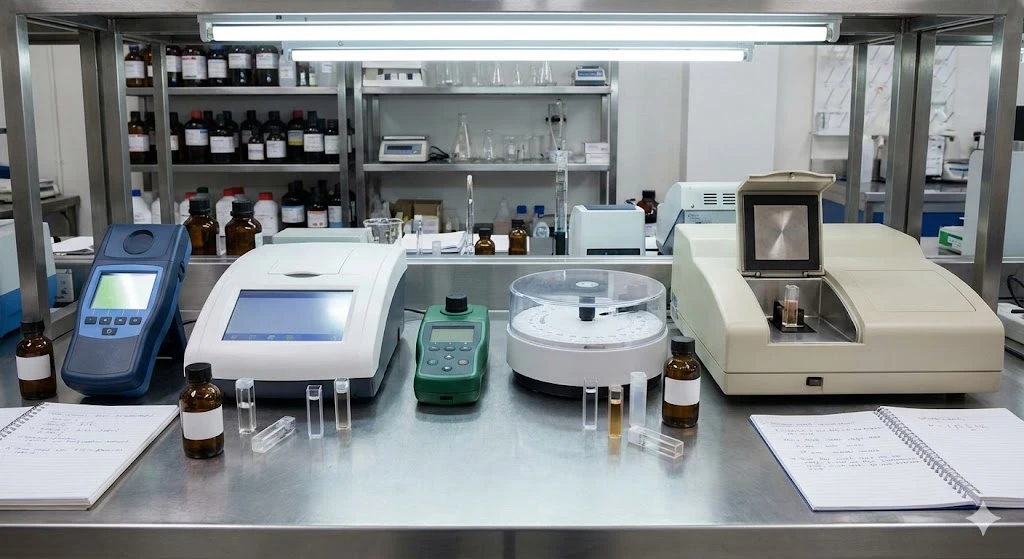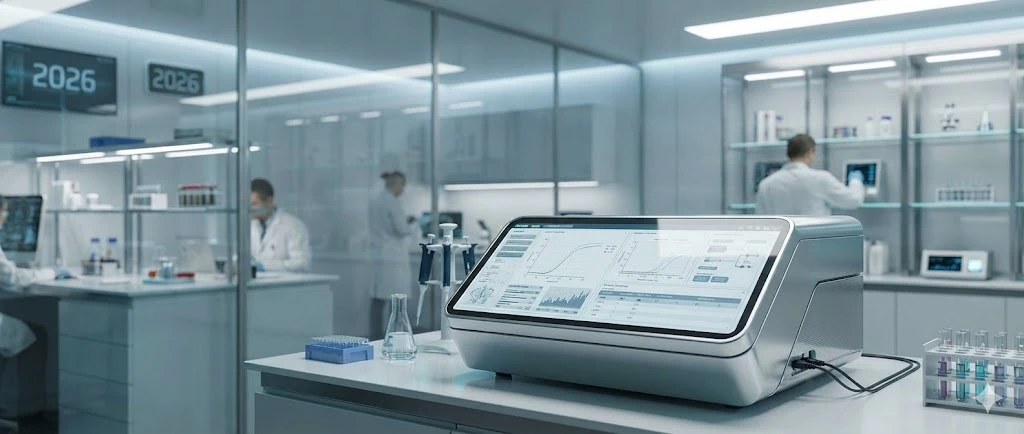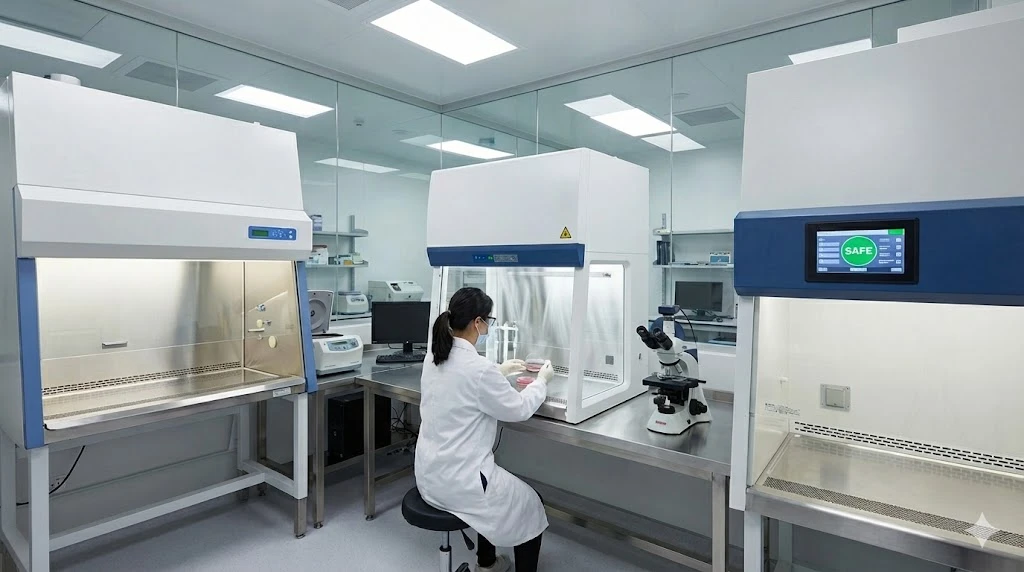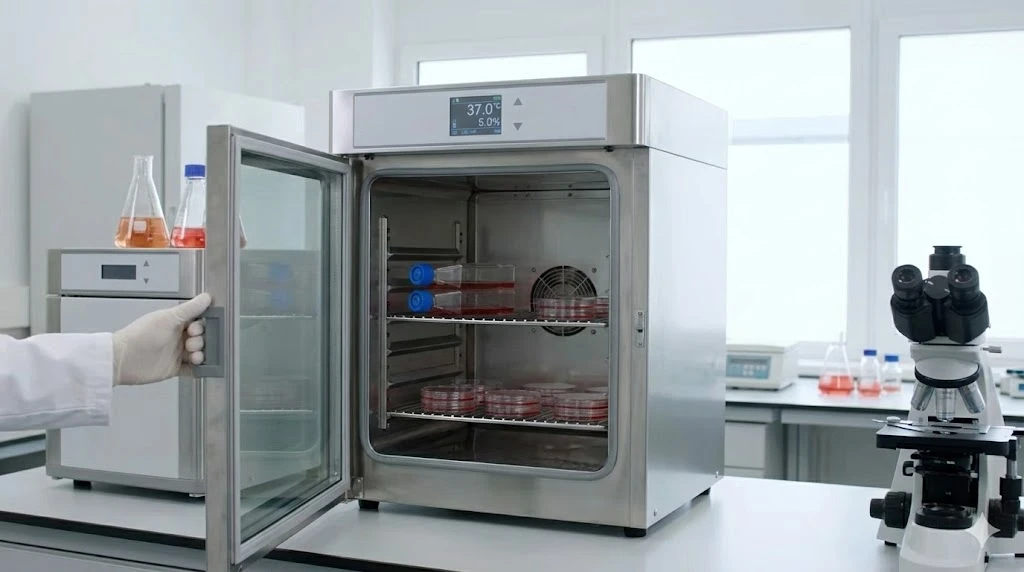The Best NIR Systems of 2026: A Buyer's Guide to Price and Features
Near-infrared (NIR) spectroscopy remains a cornerstone of modern laboratory analysis, offering rapid, non-destructive testing for quality control and material identification. As 2026 approaches, the best NIR systems of 2026 are defined by their ability to integrate seamlessly into automated workflows, robust data handling, and versatility across sample types. This guide evaluates leading models to help laboratory managers and technicians select equipment that balances precision with operational efficiency, ensuring your facility maintains peak productivity. Quick Summary Box Best Overall: Metrohm OMNIS NIR Analyzer — A newly integrated platform offering unmatched automation and ease of use for both liquids and solids. Best For Speed / Process: Bruker BEAM — A compact, dedicated single-point analyzer released in 2024, perfect for immediate in-process control. Best High-End Option: Foss NIRS DS3 — The gold standard for high-throughput food and feed analysis with exceptional accuracy. Most Versatile: Thermo Scientific Antaris II — A proven industry workhorse renowned for excellent method transfer and reliable benchtop performance. Best Compact / Budget: Viavi MicroNIR OnSite-W — A handheld, wireless solution that brings laboratory-grade analysis to the loading dock or bench at a lower entry cost. Price Range: $50,000 – $85,000 (Estimate)
Best For: Overall Laboratory Integration
Primary Category: Versatility & Automation Expanding the widely respected OMNIS platform, this system represents a significant leap forward in laboratory integration. Launched in April 2024, the OMNIS NIR Analyzer allows users to consolidate titration and spectroscopy into a single, cohesive workflow. Its modular design supports efficiently testing liquids, solids, and viscous samples without requiring complex setup changes. Key Specs: Wavelength Range: 400 – 2500 nm Sample Handling: Automated multi-sample changers for vials and petri dishes Software: OMNIS Model Developer (OMD) for simplified calibration Compliance: Fully compliant with FDA 21 CFR Part 11 Performance & Applications:
The OMNIS NIR excels in environments where throughput and data integrity are paramount. Its standout feature is the ability to link chemical analysis (titration) with physical prediction (NIR) in one software interface, reducing transcription errors and training time. It is particularly relevant for pharmaceutical and chemical quality control labs requiring strict regulatory compliance and high sample turnover. The system’s automated sample recognition ensures that the correct method is applied to every vial, minimizing human error. Price Range: $35,000 – $60,000 (Estimate)
Best For: Speed & Process Control
Primary Category: Speed / Throughput Launched in early 2024, the Bruker BEAM is designed to bridge the gap between laboratory precision and process speed. Unlike traditional multi-purpose analyzers, the BEAM is a dedicated single-point FT-NIR spectrometer optimized for solid samples. Its compact footprint allows it to be mounted directly on pipelines or chutes, but it is equally effective as a dedicated rapid-response unit in a QA/QC lab. Key Specs: Technology: RockSolid™ Interferometer (FT-NIR) Protection: IP65 rated for harsh environments Maintenance: Long-life source (>10 years) Measurement Mode: Non-contact reflection Performance & Applications:
The BEAM is built for immediate results. Its primary operational strength is its speed; it provides instantaneous feedback on critical parameters like moisture, fat, or protein content without the need for complex sampling accessories. This model is ideal for food production and polymer manufacturing facilities where "time-to-result" impacts the bottom line. By utilizing the full FT-NIR spectral range, it maintains high resolution and accuracy, ensuring that speed does not come at the cost of data quality. Price Range: $75,000 – $110,000 (Estimate)
Best For: High-Throughput Food & Ag Analysis
Primary Category: High-End Option The Foss NIRS DS3 is widely regarded as a benchmark for the food and agricultural sectors. While it commands a premium price, it delivers exceptional stability and transferability of calibrations, which is critical for global companies that need consistent results across multiple sites. It effectively combines broad spectral range analysis with smart diagnostics to ensure uptime. Key Specs: Wavelength Range: 400 – 2500 nm Detectors: Silicon (400–1100 nm) and Lead Sulphide (1100–2500 nm) IP Rating: IP65 (dust and water splash resistant) Networking: FossManager™ for remote configuration and monitoring Performance & Applications:
This model is engineered for the rigor of flour milling, dairy production, and feed analysis. Its "Smart Start" features and predictive maintenance tools minimize downtime, making it a reliable choice for 24/7 production environments. The DS3 is particularly adept at handling heterogeneous samples due to its advanced sample cup rotation and optimization algorithms, ensuring representative sampling every time. Price Range: $45,000 – $75,000 (Estimate)
Best For: Method Development & Transfer
Primary Category: Versatility The Thermo Scientific Antaris II remains a dominant force in the industry due to its robust design and "ValPro" system qualification package. It is specifically engineered to solve the common headache of transferring methods between different instruments. For labs that support manufacturing floors, the Antaris II offers a seamless pathway from method development to routine deployment. Key Specs: Resolution: Adjustable, high-resolution capabilities Source: Pre-aligned, user-replaceable parts Software: RESULT operation software with secure workflows Sampling: Transmission, reflection, and fiber-optic probe options Performance & Applications:
The Antaris II is the definition of a workhorse. It shines in pharmaceutical and industrial chemical applications where regulatory compliance and instrument matching are non-negotiable. Its operational strength lies in its simultaneous multiplexing technology, allowing it to handle diverse sample types—tablets, powders, and liquids—on a single benchtop unit. This versatility makes it an excellent investment for contract research organizations (CROs) or central labs handling varied matrices. Price Range: $20,000 – $35,000 (Estimate)
Best For: Portable / Entry-Level Lab Use
Primary Category: Budget & Compact While often classified as a handheld device, the Viavi MicroNIR OnSite-W is a powerful tool for modern laboratories looking to extend their reach or reduce capital expenditure. This wireless, ultra-compact spectrometer uses Linear Variable Filter (LVF) technology to reduce cost and size without sacrificing the essential NIR spectral data required for raw material identification (RMID). Key Specs: Wavelength Range: 950 – 1650 nm Weight: < 250g (ultra-portable) Connectivity: Bluetooth / Wireless Battery Life: > 10 hours continuous operation Performance & Applications:
The MicroNIR OnSite-W disrupts the traditional lab model by allowing the "lab" to move to the sample. It is ideal for incoming goods inspection, where technicians can verify raw materials at the loading dock before they ever reach the main laboratory. In a budget-constrained environment, it serves as an excellent entry-level screening tool, handling basic quantification and qualification tasks (like identifying pharmaceutical excipients or plastic polymers) at a fraction of the cost of a large benchtop system. Model Best For Key Features Typical Price Range Metrohm OMNIS NIR Overall Lab Integration Combined titration/NIR, automated sample handling, 2024 release $50k – $85k Bruker BEAM Speed / Process Single-point analysis, RockSolid™ interferometer, compact design $35k – $60k Foss NIRS DS3 High-End Food/Ag Dual detectors, high calibration transferability, IP65 rated $75k – $110k Thermo Antaris II Versatility Method transfer (ValPro), multi-sampling options, robust build $45k – $75k Viavi MicroNIR OnSite-W Budget / Portable Handheld, wireless, LVF technology, extremely lightweight $20k – $35k Selecting the right NIR system for 2026 depends heavily on your laboratory's specific throughput needs and sample diversity. For facilities prioritizing total workflow automation, the Metrohm OMNIS NIR offers a cutting-edge, integrated approach. Conversely, laboratories focused on rapid, dedicated screening may find the Bruker BEAM or the budget-friendly Viavi MicroNIR to be more efficient solutions. By investing in one of the best NIR systems of 2026, laboratory professionals can ensure higher data consistency, faster release times, and a stronger return on investment. This article was created with the assistance of Generative AI and has undergone editorial review before publishing.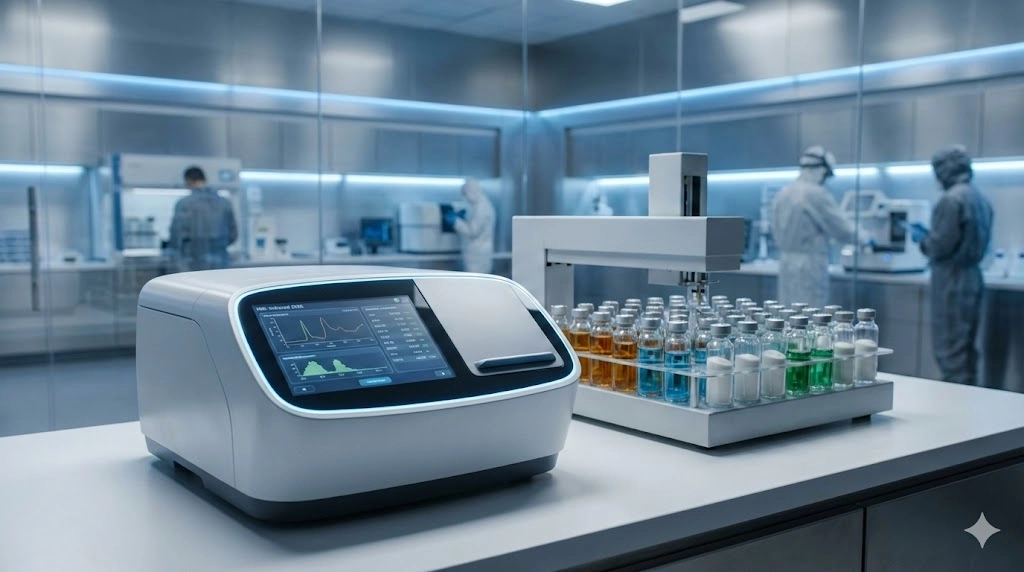
Metrohm OMNIS NIR Analyzer
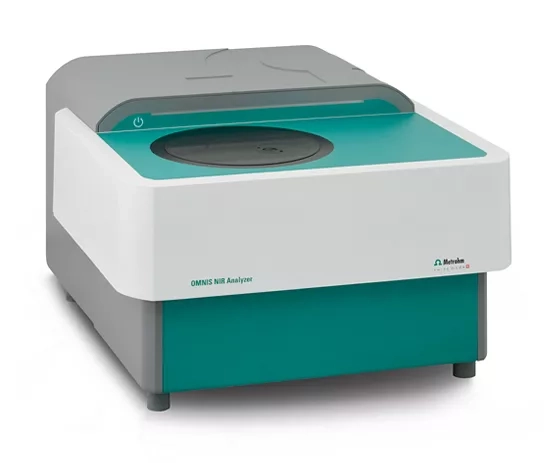
Bruker BEAM
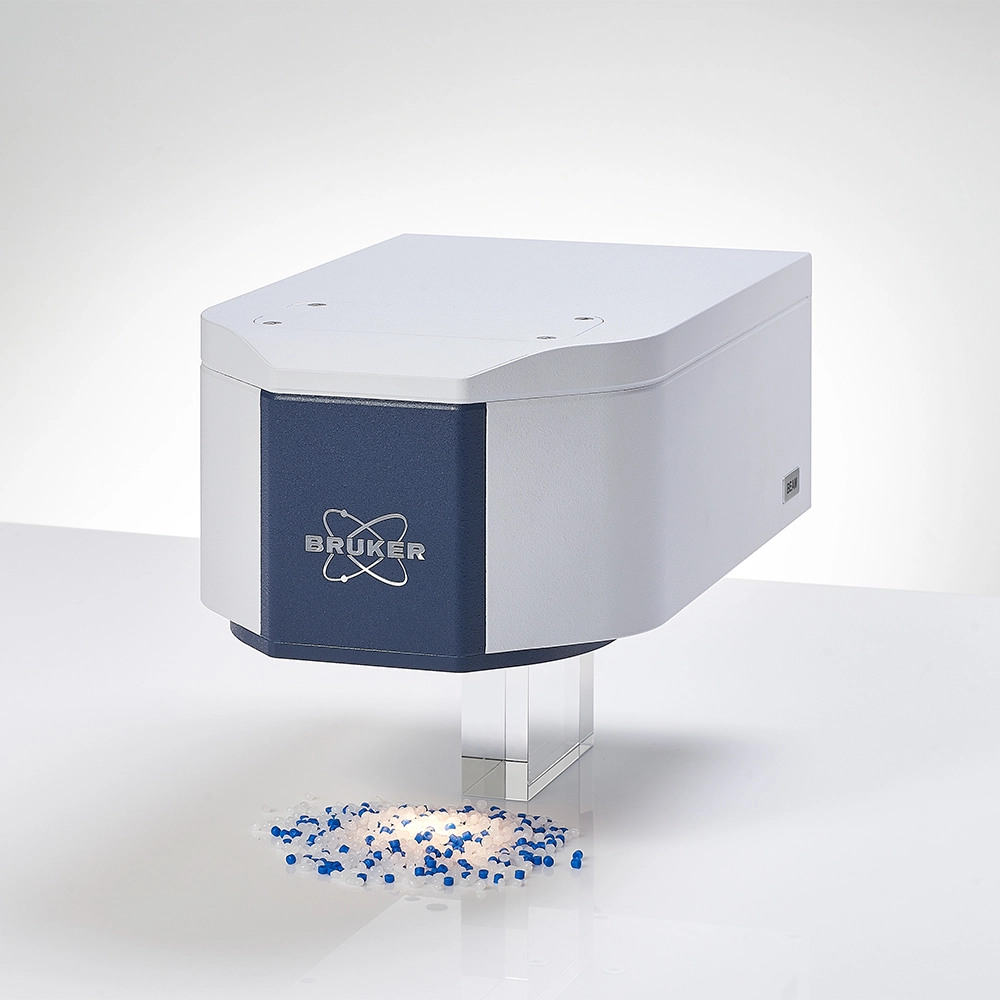
Foss NIRS DS3
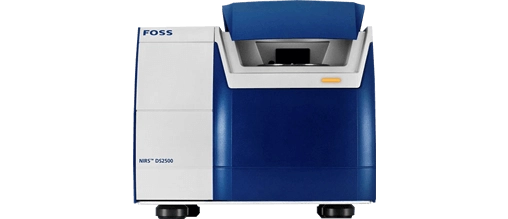
Thermo Scientific Antaris II
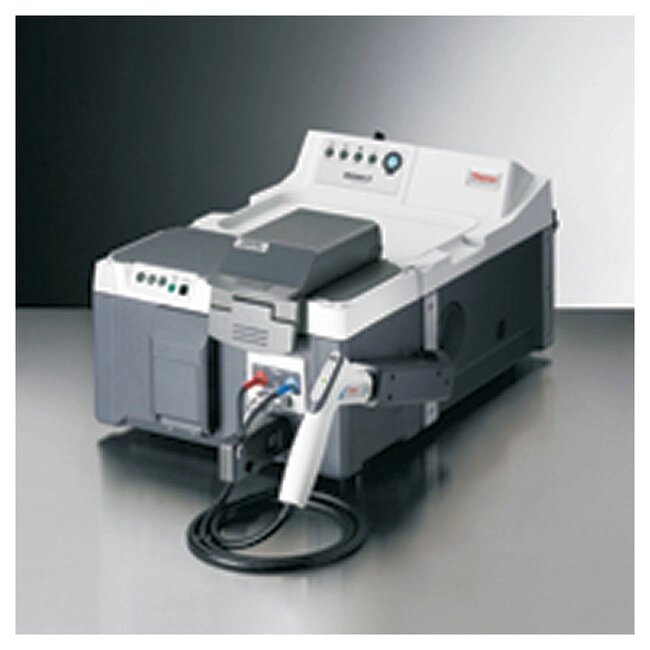
Viavi MicroNIR OnSite-W
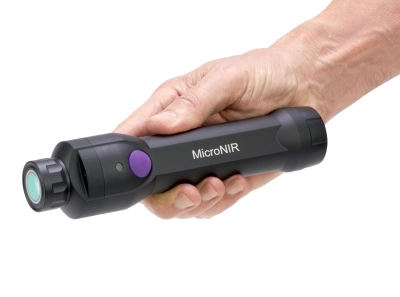
Comparison of Top NIR Models
Conclusion: Choosing the Best NIR System for 2026
